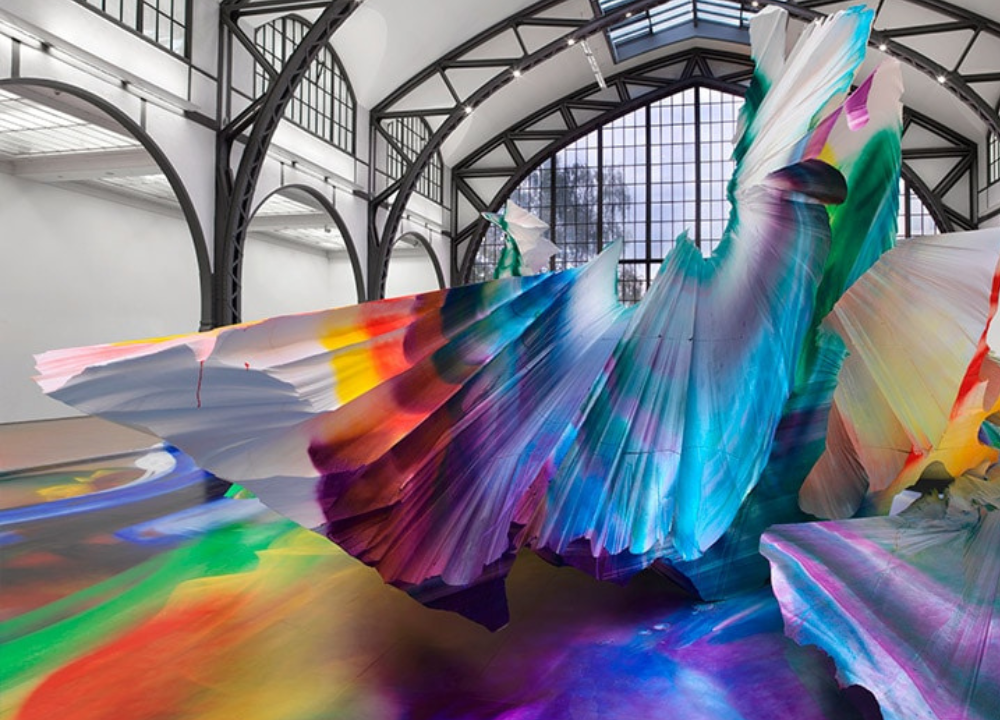Before you buy your first piece, it’s important to understand why you want to collect art. Some people collect for investment, while others do it for personal enjoyment or to support emerging artists.
- Decide if your goal is investment, passion, or both
- Reflect on the type of art that excites you
- Consider whether you want originals, prints, or mixed media
- Think about how your collection will fit into your living space
By clarifying your purpose, you’ll avoid impulse purchases and build a collection that feels meaningful and sustainable.
Set a Realistic Budget
Art collecting doesn’t have to be reserved for the wealthy. Setting a budget ensures you can enjoy the process without financial stress.
- Start small, even $50–$200 can buy quality prints
- Allocate a monthly or quarterly art budget
- Prioritize quality over quantity
- Be consistent rather than extravagant
A budget helps you stay disciplined and allows your collection to grow steadily over time.
Explore Emerging Artists
One of the best ways to collect affordably is by supporting new and upcoming artists. Their work is often original, unique, and reasonably priced.
- Visit student exhibitions at art schools
- Explore local art fairs and community galleries
- Follow artists on Instagram and online platforms
- Attend open studio events for direct purchases
By collecting emerging artists, you not only save money but also support creative talent at the start of their careers.
Consider Prints and Editions
If original works are out of reach, prints and limited editions are excellent alternatives. They allow you to own art at a fraction of the cost.
- High-quality giclée prints replicate originals
- Limited editions often increase in value
- Screen prints and lithographs are collectible
- Many artists sell affordable signed prints
Prints make art accessible while still giving you the joy of owning pieces that reflect your taste.
Shop Smart: Where to Find Affordable Art
Knowing where to look is half the battle. Affordable art is everywhere if you know the right places to explore.
- Online platforms like Saatchi Art, Etsy, or Artsy
- Local flea markets and thrift shops
- Charity auctions and fundraising events
- Independent galleries and pop-up shows
By broadening your search, you’ll discover hidden gems that fit your budget and style.
Educate Yourself About Art Styles
Understanding different art movements and techniques helps you make informed decisions. Knowledge empowers you to recognize value beyond price tags.
- Study art history basics (Renaissance, Impressionism, Modernism)
- Learn about contemporary movements and trends
- Follow art blogs, podcasts, and YouTube channels
- Visit museums to train your eye
The more you learn, the more confident you’ll feel when choosing pieces for your collection.
Build Relationships in the Art Community
Networking with artists, curators, and fellow collectors can open doors to opportunities and insider knowledge.
- Attend gallery openings and art fairs
- Join local art clubs or collector groups
- Engage with artists on social media
- Ask questions and seek advice from curators
Relationships often lead to better deals, early access to works, and a deeper appreciation of the art world.
Grow Slowly and Enjoy the Process
Art collecting is a journey, not a race. Building a collection takes time, and each piece should feel like a meaningful addition.
- Start with one or two pieces a year
- Revisit your goals and budget regularly
- Mix affordable works with occasional splurges
- Display your collection proudly at home
By growing slowly, you’ll curate a collection that reflects your personality and passion without financial strain.



